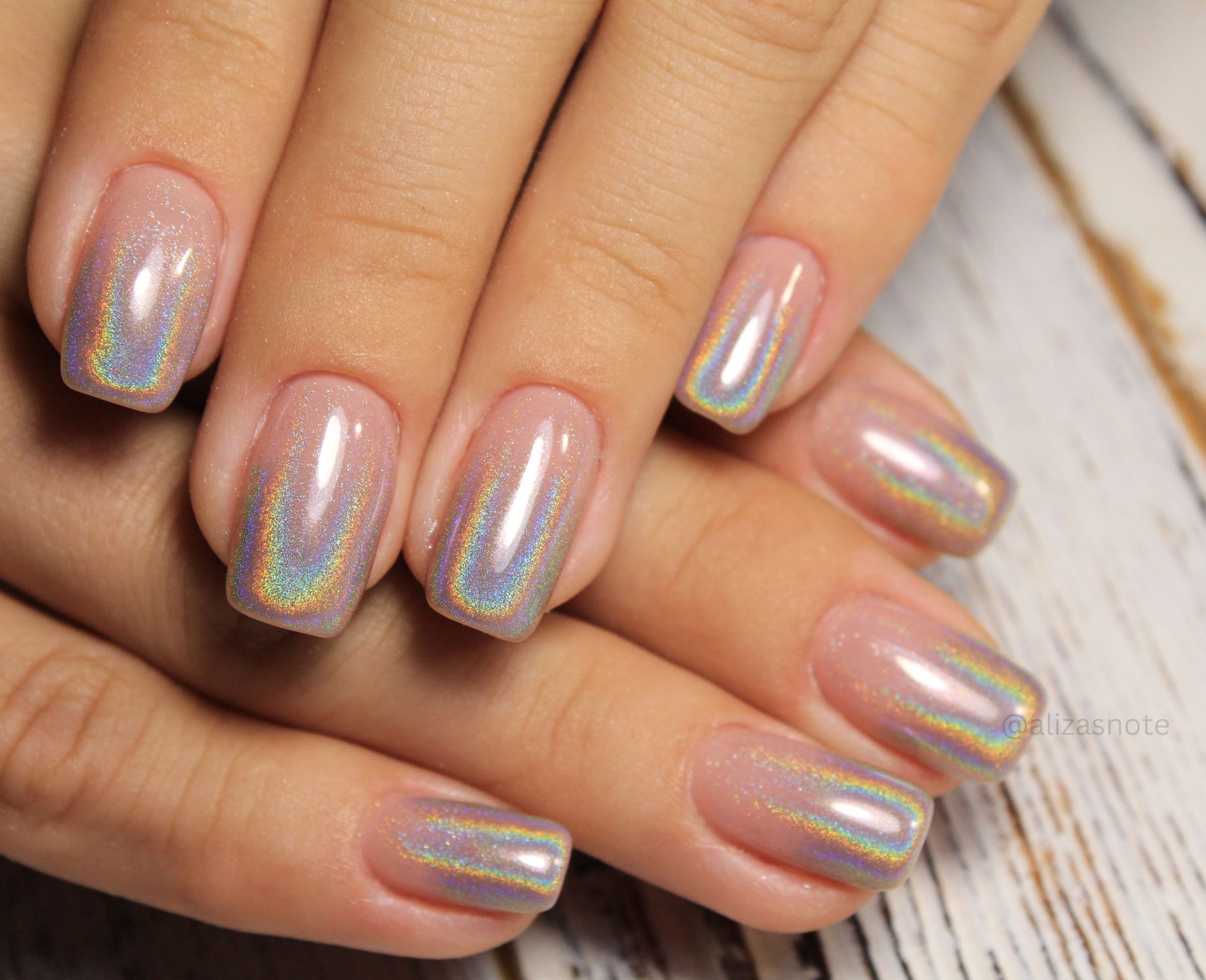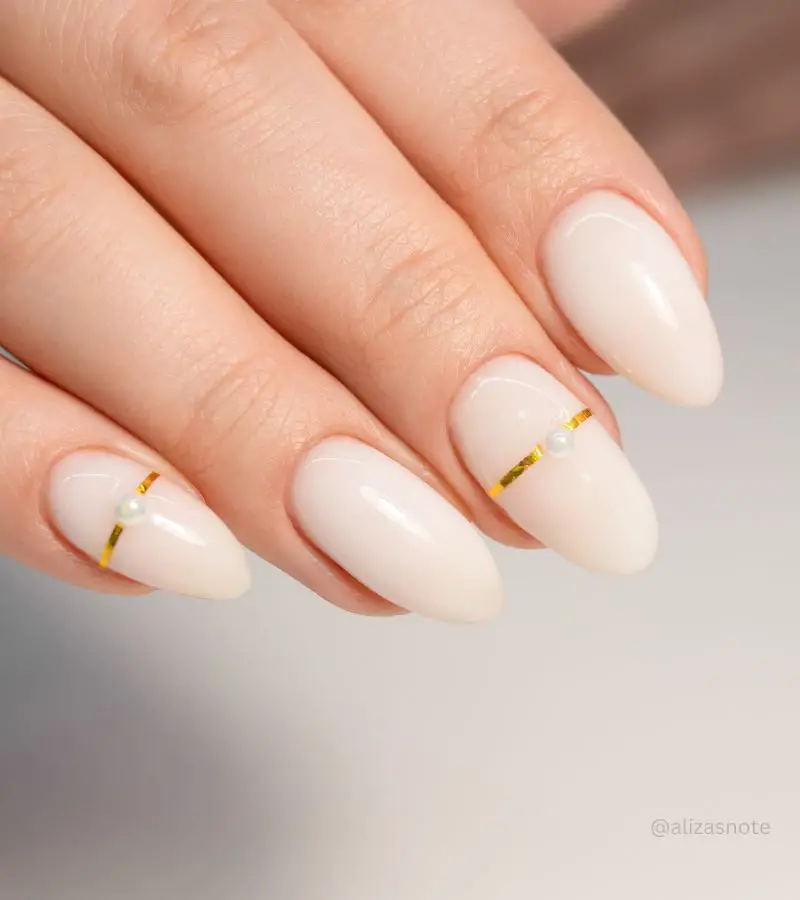Long Term Side Effects Of Nail Polish On Nails

Nail polish is often celebrated for its ability to add color and flair to our fingertips.
Laden with chemicals like formaldehyde, toluene, and dibutyl phthalate (DBP), nail polish offers vibrant hues and lasting finishes. Yet, these very components may pose risks to nail health with prolonged exposure.
Long term side effects of nail polish on nails. armed with knowledge, individuals can navigate their nail care journey with confidence.
Long term side effects of nail polish on nails:
Nail polish is a popular cosmetic choice for enhancing the appearance of nails, yet its prolonged use may pose risks to nail health. Get potential long-term side effects of nail polish on nail health:
1. Understanding Nail Polish Composition:
Nail polish comprises various chemicals like formaldehyde, toluene, and dibutyl phthalate (DBP), which contribute to its color and durability. However, these same chemicals can have adverse effects on nail health when exposed to them for extended periods.
2. Potential Risks and Side Effects
Continuous use of nail polish, coupled with frequent exposure to harsh nail polish removers, can lead to several side effects. These may include nail discoloration, weakening, brittleness, and dehydration, all of which can compromise the overall health and appearance of nails.
3. Importance of Prioritizing Nail Health
Healthy nails serve as indicators of overall well-being, highlighting the importance of prioritizing nail health. Taking proactive measures to minimize the risks associated with long-term nail polish use is essential for maintaining strong and beautiful nails.
4. Nail Care Practices
Armed with knowledge about the potential risks, individuals can make informed decisions about their nail care routine. This may involve choosing nail polishes with safer formulations, using gentler nail polish removers, and incorporating nail-strengthening treatments.
While nail polish offers aesthetic benefits, it’s essential to recognize its potential long-term consequences on nail health
Importance of Nail Health:
Beyond their aesthetic appeal, nails play a crucial role in our overall well-being. Get some prioritizing:
1. Indicator of Overall Well-being
Healthy nails often indicate good overall health. Changes in nail appearance can sometimes signal underlying health issues, making regular nail health checks valuable for early detection of potential health concerns.
2. Protection and Functionality
Nails serve as a protective barrier for our fingertips, shielding them from harm and allowing us to perform daily tasks with ease. Maintaining strong and well-groomed nails is vital for preserving their functionality and ensuring optimal hand dexterity.
3. Confidence Boost
Well-maintained nails can boost self-confidence and contribute to a polished appearance. Whether it’s a simple manicure or regular nail care routine, taking pride in nail hygiene can enhance one’s overall sense of well-being.
4. Preventing Nail Disorders
Proactive nail care can help prevent common nail disorders like fungal infections and ingrown nails. By practicing good nail hygiene and avoiding harmful habits, individuals can minimize the risk of developing these conditions.
5. Personal and Professional Image
Nail hygiene is an essential aspect of personal grooming and can influence how others perceive us professionally and socially. Neat and well-groomed nails contribute to a positive personal image and are often associated with professionalism and attention to detail.
Nail health is more than just about aesthetics; it’s about maintaining overall well-being and functionality.
FAQ:
Q. Is it bad for your nails to wear nail polish all the time?
Continuously wearing nail polish can potentially weaken nails and lead to discoloration or dehydration. Giving your nails periodic breaks from polish allows them to breathe and recover.
Q. Does nail polish weaken your nails?
Some nail polish formulas contain chemicals that may weaken nails, especially with frequent use or harsh removers. Choosing polishes free from harmful chemicals and using a nourishing base coat can mitigate potential damage.
Q. How frequently should I change my nail polish?
Ideally, aim to change nail polish every 7-10 days to prevent chipping and maintain a fresh appearance. However, factors like nail growth and lifestyle activities may influence the frequency.
Q. Can nail polish lead to nail infections?
While nail polish itself doesn’t typically cause infections, improper nail care practices or using contaminated tools can increase infection risks. Maintaining clean nails, avoiding sharing tools, and proper tool disinfection are essential preventive measures.
Q. Will dark nail polish stain my nails?
Dark nail polishes, especially highly pigmented ones, may leave stains if not removed correctly. Using a protective base coat and ensuring thorough polish removal can help prevent staining.
Take away:
- Our exploration into the risks associated with extended nail polish use emphasizes the need to strike a balance between aesthetics and nail care.
- Furthermore, maintaining nail health extends beyond cosmetic concerns. Healthy nails are vital indicators of overall well-being, contributing to functional abilities and self-confidence.
Read Others Post: Matching Manicure And Pedicure
Call to action:
- Continue educating yourself about the ingredients in nail polish and their potential risks. Knowledge empowers you to make informed decisions about the products you use on your nails.
- Join on Pinterest, participate in discussions, and seek support from fellow nail enthusiasts.
- Let’s take action together to ensure our nails remain strong, healthy, and beautiful.






